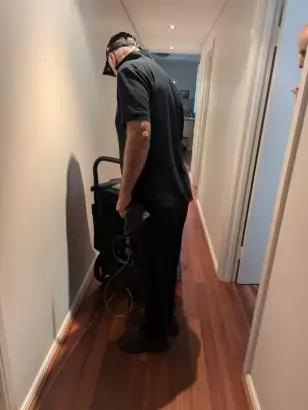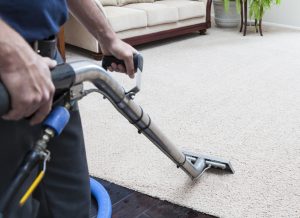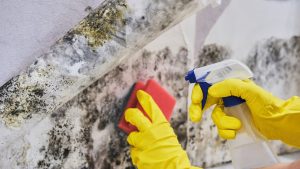
Mould is more than just an unsightly blemish in your home; it can cause significant damage and even health issues if not addressed promptly. Understanding how mould removal specialists tackle this problem can equip you with the knowledge to manage and prevent mould effectively. In this article, we delve into the steps professionals take to eliminate mould and why their expertise is crucial.
Understanding Mould and Its Dangers
Mould is a type of fungus that thrives in damp, humid environments. It’s not just an aesthetic concern; prolonged exposure to mould can cause respiratory issues, allergic reactions, and other health problems. Moreover, mould can damage building materials, leading to costly repairs.
How Mould Develops
Mould spores are everywhere, but they need the right conditions to grow. Typically, mould develops in areas with high humidity and poor ventilation. Bathrooms, basements, and kitchens are common hotspots. Once established, mould can spread rapidly, making early detection and removal essential.
Initial Inspection and Assessment
Mould specialists begin with a thorough inspection of the affected areas. This step is crucial to determine the extent of the mould damage and to formulate an effective removal strategy.
Identifying the Source
The first task for specialists is to identify the source of moisture that is allowing mould to thrive. This could be due to a leak, condensation, or inadequate ventilation. Addressing the source is critical to preventing future mould growth.
Containment and Safety Measures
Once the source is identified, specialists will contain the affected area to prevent mould spores from spreading to other parts of the building. This involves sealing off the area with plastic sheeting and using negative air pressure machines.
Personal Protective Equipment (PPE)
During the removal process, specialists wear PPE, including masks, gloves, and goggles, to protect themselves from exposure to mould spores. This also ensures that the mould is not inadvertently spread during the cleaning process.
Mould Removal Techniques
After containment, specialists employ various techniques to remove the mould. The method used depends on the surface and the extent of the mould damage.
Cleaning and Disinfecting
For non-porous surfaces, specialists often use a combination of commercial mould removal products and disinfectants. These solutions kill the mould and prevent it from returning. For porous materials like drywall or carpet, removal and replacement may be necessary, as mould can penetrate deeply into these surfaces.
HEPA Vacuuming
High-Efficiency Particulate Air (HEPA) vacuums are used to capture mould spores from surfaces and the air. This step is crucial in ensuring that all mould particles are removed from the environment.
Post-Removal Verification
Once the mould is removed, specialists perform a post-removal inspection to ensure that all mould has been eliminated and that the area is safe for habitation.
Air Quality Testing
Air quality tests can detect the presence of mould spores that may have been missed during cleaning. If the tests show elevated levels of mould, further cleaning may be necessary.
Prevention Measures
The final step in the mould removal process is prevention. Specialists offer advice and solutions to keep mould from returning.
Controlling Humidity Levels
Reducing humidity levels is key to preventing mould growth. Specialists often recommend using dehumidifiers and ensuring proper ventilation in areas prone to moisture buildup.
Regular Maintenance and Inspections
Regular inspections and maintenance can help identify potential mould issues before they become severe. Specialists may suggest periodic checks, especially in high-risk areas like basements and attics.
Why Hire a Mould Removal Specialist?
While DIY mould removal might seem cost-effective, it often falls short of professional standards. Specialists not only have the expertise and equipment to handle mould safely and effectively, but they can also provide long-term solutions to prevent recurrence.
Expertise and Experience
Mould specialists have the training and experience to identify mould types and determine the best removal strategies. Their expertise ensures that mould is eliminated safely and thoroughly.
Comprehensive Solutions
Beyond just removal, specialists offer comprehensive solutions that address the underlying causes of mould, helping to safeguard your home against future infestations.
Conclusion
Dealing with mould effectively requires more than just surface cleaning. It involves a thorough understanding of the conditions that allow mould to thrive, as well as the techniques needed to eliminate it safely. By following the detailed process used by mould removal specialists, you can ensure a mould-free environment and protect your home from mould damage. Remember, when in doubt, consulting a specialist is always the best course of action to safeguard your health and your property.



